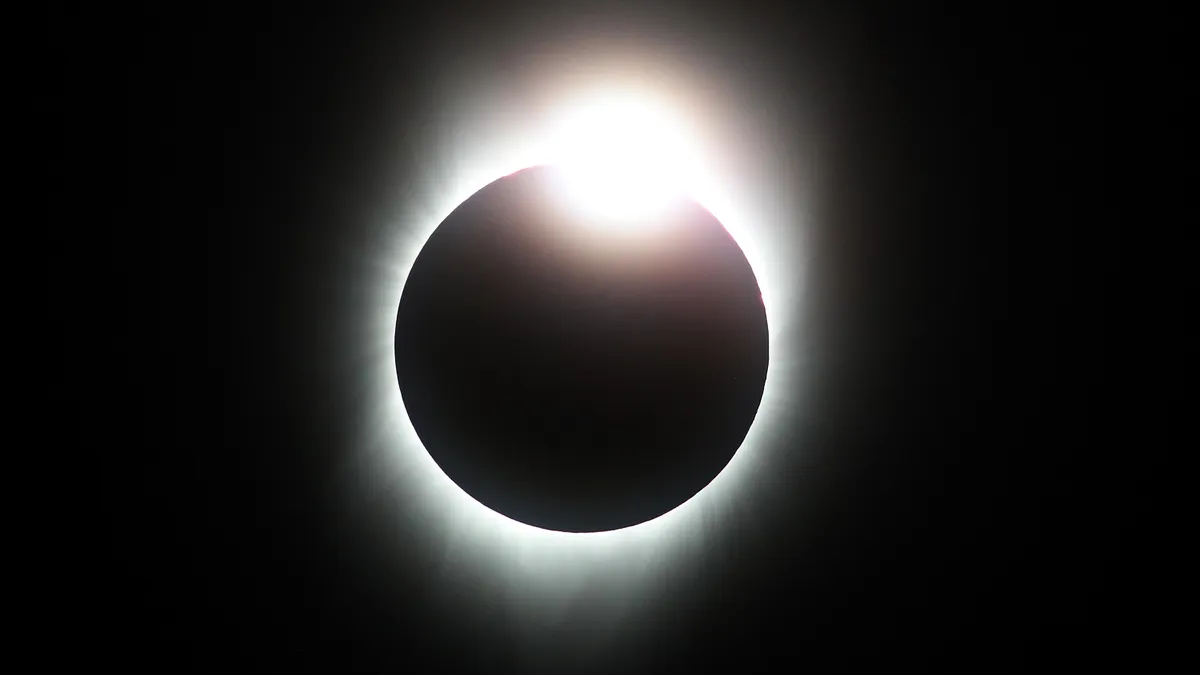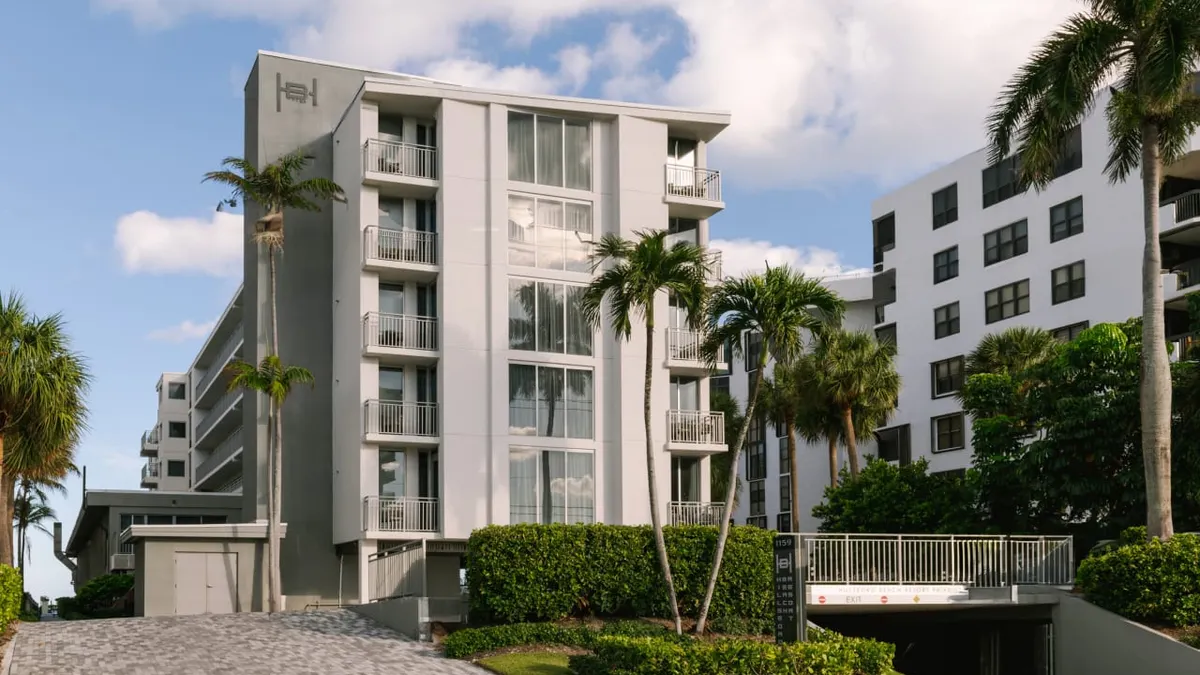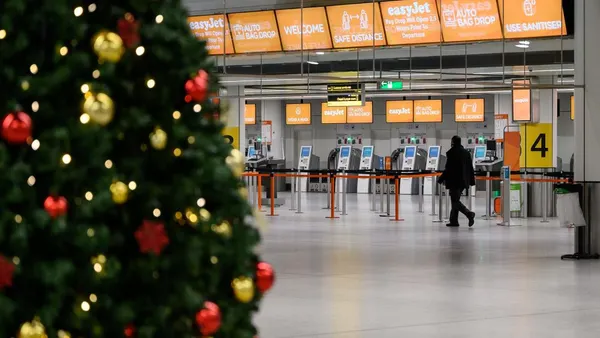Dive Brief:
- The total solar eclipse on April 8 drove significant RevPAR gains at hotels across U.S. cities in its pathway of totality, according to STR.
- Markets in the eclipse’s narrow track from Texas to Maine saw a 288% year-over-year increase in RevPAR from April 7 to April 9, STR reported. Hotels in these markets also saw heightened occupancy and ADR.
- This month’s eclipse had a larger impact on hotels than the one that took place in August 2017, in part due to their different paths of totality, STR detailed. The largest performance gains were felt in urban areas such as Indianapolis and Dallas.
Dive Insight:
In addition to heightened RevPAR, U.S. markets with prime viewing of the total solar eclipse saw occupancy and ADR up 102% and 95%, respectively, year over year, according to STR.
The performance gains outpaced those from the August 2017 eclipse, when U.S. markets in the event pathway saw RevPAR up 244%, occupancy up 95% and ADR up 77% year over year.
A smaller impact could be a result of a different path of totality, according to STR. In 2017, the eclipse crossed very few large population areas and had a significantly shorter duration than this month’s event.
In comparison, the April eclipse passed through top U.S. urban markets like Dallas and Indianapolis, which experienced a surge in hotel bookings leading up to the event.
Indianapolis saw the greatest year-over-year RevPAR increase (up 660%) from the eclipse, according to STR. The city also saw its third-highest RevPAR gain of any day since 2017.
Dallas achieved its fourth-highest RevPAR for any day since 2017 as a result of the eclipse. For larger markets, like Dallas, it’s harder to see the eclipse’s impact due to more available supply and higher performance baselines, STR said.
And smaller markets in the pathway — like Cleveland and Rochester, New York — saw their highest RevPAR lifts of any day since 2017, STR reported.










